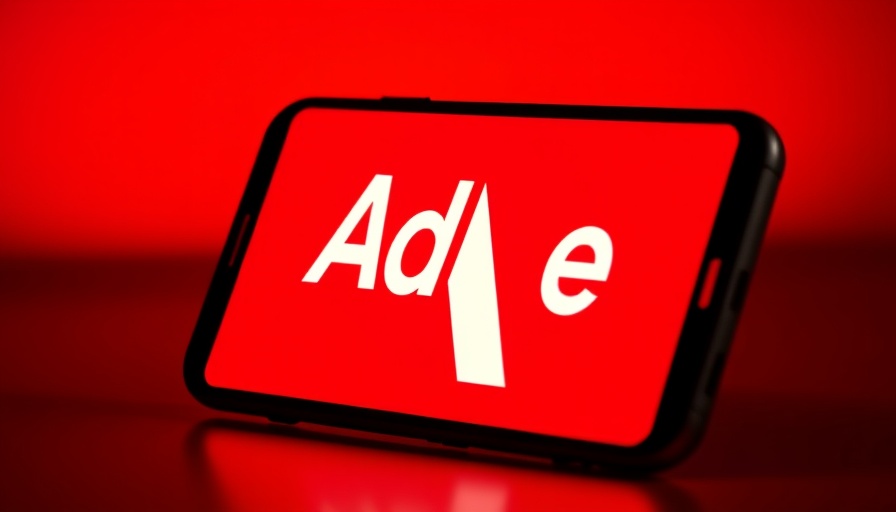
Adobe's Innovative Step: A New Era for Image Rights
Adobe, a name synonymous with digital creativity, is aiming to reshape how images are utilized in the growing field of artificial intelligence (AI). Just as the robots.txt file has long aided website owners in controlling how crawlers interact with their sites, Adobe seeks to implement a similar framework for images. The initiative is part of an effort to empower content creators by giving them more authority over how their works are used, especially when it comes to AI training.
Content Credentials: A New Standard for Authenticity
At the heart of Adobe's strategy is the introduction of content credentials. These credentials function as metadata embedded within image files, allowing creators to establish ownership and authenticity. This mechanism aligns with the Coalition for Content Provenance and Authenticity (C2PA) standards, which Adobe is advocating for. By incorporating these credentials, artists and photographers can attach their names and social media profiles, thus asserting their rights over their images.
The Challenge Ahead: Convincing AI Companies
While Adobe’s initiative appears promising, a significant obstacle looms on the horizon: getting AI companies to comply with this new standard. Historically, many AI crawlers have ignored the directives provided by robots.txt files. This reluctance raises concerns about whether AI developers will respect the signals from Adobe's content credential system. The company is currently in discussions with leading AI developers, aiming to cultivate a consensus around the adherence to this standard.
Creator Control: A Much-Needed Empowerment
The functionalities of Adobe's new web app, the Content Authenticity App, extend beyond merely attaching credentials. Creators can engage more actively in the political and ethical debates surrounding AI usage by indicating whether or not their images should be engaged for AI training. This capability has resonated with a wide range of creators, who have expressed a strong desire for increased control over how their work is used. Andy Parson, Senior Director of the Content Authenticity Initiative, emphasizes that they are listening to creators’ feedback to ensure the app meets their needs.
Comparison with Other Platforms: Divergent Pathways in AI Labeling
Adobe's endeavors can be contextualized within broader conversations about AI and image rights. For instance, last year, Meta faced backlash when it attempted to label images on its platform with a “Made with AI” tag, leading to complaints from photographers about misrepresentation. In contrast, Adobe is striving to provide a more creator-friendly solution by placing the decision-making power back into the hands of the creators. The varying approaches underscore the challenges and intricacies present in the digital content arena.
Discussions on Copyright: A Global Perspective
As Adobe connects its mission with experiences shared by creators worldwide, it sheds light on the fragmented regulatory landscape surrounding copyright and AI utilization. Different countries have disparate laws on copyright and AI, and Adobe's initiative aims to offer a consistent way for creators to express their intent on an international scale. This development is crucial, particularly as AI continues to evolve and become more intertwined with creative industries.
What Lies Ahead: Future of AI and Image Rights
The future of AI training data is poised for transformation as Adobe leads this pioneering discussion on image rights. If successful, Adobe's framework could set an invaluable precedent, prompting other tech companies and platforms to step in line to honor content ownership. This could empower content creators, ensuring their rights are not only recognized but also respected in the increasingly AI-dominated landscape.
The Bottom Line: Staying Informed in Tech News
As the conversation surrounding AI and creator rights unfold, it is essential for both the tech industry and content creators to stay abreast of developments in this space. For those deep in the tech world, keeping up with the latest tech news and insights will be vital in navigating these changes. With initiatives such as Adobe’s proposed standards, the future appears to be leaning toward a more equitable integration of creativity and AI.
In summary, Adobe’s initiative marks a significant step toward creating a structured environment for image rights in AI training. If the industry rallies around this initiative, it could indeed transform the digital creative landscape.
 Add Row
Add Row  Add
Add 



Write A Comment